Table of Contents
When you think of England, red double-decker buses, Big Ben, the Royal Family, and the sparkling Crown Jewels of England often come to mind. Unlike souvenirs and monuments, the jewels are not just simple beauty objects but powerful symbols of monarchy, faith, and the nation itself.
Found in the Tower of London, the Crown Jewels of the UK have fascinated kings, queens, and visitors for centuries. They bear the burden of conflicts, coronations, and centuries of custom; they are a combination of treasure, relic, and storybook. They have been stolen, destroyed, and remade into new versions or new crowns; they remain the most recognizable royal regalia in the world.
This blog will delve into the history, significance, and purpose of the royal jewels of England, including the priceless crowns of past queens, the value of Elizabeth II's jewels today, and why they remain important.
Introduction
The fascination with the Royal Jewels is almost universal. They are the actual embodiment of authority during coronations and state events. They are valuable not just for the precious stones set in them but also because they represent a significant historical period from medieval kings through to contemporary monarchs in England.
When we refer to England’s crown, we are not just talking about one crown. There is an extensive regalia of crowns, scepters, swords, rings, and holy orbs. There is a high ritual and symbolic aspect to these items, and they are only worn during special occasions; the coronation of a monarch is the necessary one.

What are the Crown Jewels?
The English Crown Jewels are a group of approximately 140 ceremonial items specifically created for the purposes of representing royal power and tradition. This includes:
-
Crowns for monarchs and consorts
-
Scepters or orbs, which symbolize governance and divinity
-
Swords, spurs, and maces for law and protection
-
Rings and bracelets (armills), which represent faithfulness and continuity
-
The Coronation Spoon and the Ampulla to anoint the monarch with holy oil
-
Ceremonial garments that are to be worn for coronations

Historic Royal Palaces states that these objects are not simply ornamental; they are historical artifacts drawing a direct line between the current British monarchy and hundreds of years of royal history and tradition. Together, these objects symbolize the power, ceremony, and craftsmanship of the British Crown.
A Brief History of the Crown Jewels
With their nearly 1,000-year history, England’s Crown Jewels provide a record of the monarchy, ceremonies, and craftsmanship. From the simple regalia of Anglo-Saxon kings to the complex coronation paraphernalia of the present time, each object has a narrative associated with power, tradition, and perseverance. While much of the medieval artifact collection was lost in the English Civil War, when Parliament ordered most of the Crown Jewels to be melted down or sold, some precious pieces were not lost. The Coronation Spoon is one of those pieces, and it remains a direct connection of the present monarchy to its earliest beginnings.

Early Origins
More than a thousand years of history exist regarding the use of regalia in England. Early monarchs were crowned with simple golden bands, with relics intended to represent a divine right. The early versions of England’s crown were much more extravagant than it is today.

The Civil War and Destruction
The turning point occurred in the 1640s during the period of the English Civil War. When the monarchy was suspended, Oliver Cromwell forced the medieval Crown Jewels to be melted down. Gold objects to be melted down and precious stones to be auctioned away resulted in centuries of regalia simply disappearing, accompanied by a force to destroy the monarchy itself.

The Restoration and the New Jewels
Once restored to the throne in 1660, Charles II became the impetus to commission an entirely new regalia set. The coronation regalia set we recognize today was created in 1661, including St. Edward's Crown and the Sovereign's Orb. This regalia set is the basis of what we now refer to as the crown jewels of the UK.

Survival and Symbolism
The jewels have survived multiple attempts at theft over centuries, including the much-publicized 1671 attempt by Colonel Blood, who almost escaped with the crown. The jewels evolved as well: crowns changed design, stones were replaced, and pieces were updated to reflect the current fashion. Yet, while the look changed, the symbolism remained static: the jewels were not mere adornments; they were the embodiment of the monarchy itself.

A Closer Look at Royal Jewels
The Crown Jewels are a remarkable representation of tradition and authority. Each item, whether it is crowns, scepters, or orbs, has a story and ceremonial significance. Each of them represents the power of the crown and the continuity of the monarchy.
Here’s the list of Crown Jewels and why they are significant:
-
St. Edward's Crown: The crown is used when crowning monarchs during their coronation. Made entirely of gold and weighing over 2 kg. St. Edward’s crown is one of the most sacred items in the collection.

-
Imperial State Crown: One of the most recognizable of all the crowns, the Imperial State Crown is worn by monarchs after they are crowned and when presiding over state occasions. At her coronation, Queen Elizabeth's crown had placed within it the Cullinan II diamond, the Black Prince's ruby, and the Stuart Sapphire.

-
Sovereign’s Sceptre with Cross: Set with the Cullinan I diamond, which is the largest clear-cut diamond in the world, weighing over 530 carats, according to the International Gem Society.

-
Sovereign's Orb: A golden sphere surmounted by a cross, indicating that the monarch gives their rule under God.

-
Coronation Spoon: The oldest piece still in use, originally from the 12th century, that takes part in the anointing ritual.

-
The Royal Swords: Including the Sword of State and Sword of Offering, which symbolize justice, protection, and sacrifice.

-
Queen Consort Crowns: Crowns designed for queen consorts, such as Queen Mary’s Crown and Queen Mother's Crown.

Each object tells a story related to the many elements of power, faith, and tradition in the monarchy.
Past Queens to Queen Elizabeth II Crowns and More
Every queen has had her own crown. The Crown of England has taken on many forms, depending on the era.
-
Queen Victoria had a small crown that became a loved symbol of her reign.

-
Queen Mary wore a crown festooned with dazzling diamonds that was later remade for Queen Elizabeth the Queen Mother.

-
Queen Elizabeth II is most closely associated with wearing the Imperial State Crown, which she wore at her coronation in 1953 and yearly at every State Opening of Parliament.

At her coronation, she was crowned with St. Edward’s Crown, in keeping with tradition. This moment established the royal crown as a living connection to the hundreds of monarchs that came before. These crowns are not interchangeable pieces of jewelry, rather, they are traditional heirlooms for each monarch to use during ritual, each leaving her mark in the regalia she wore.
If you are interested to know role of Gemstones you can explore it Sacred Stones: The Role of Gemstones in the Islamic Traditions.
Pricing of the Royal Crowns
One of the most frequently asked questions is, "How much are the Crown Jewels worth?"
Although some experts make guesses that the collection could be worth 3-5 billion £, those guesses, in part, are assessed qualified judgments. That being said, the Cullinan diamonds, some of which are in the crowns and scepters, are some of the most remarkable diamonds in the world and are priceless because they are not worth any measure of insurability, since no price could come close to replacing the prerogative of what those diamonds are worth culturally and historically.

In other words, while one can put some value on the gems, there is no purchase for the goodwill of the historic and cultural representation they represent.
Why Crown Jewels Matter Even Today
The Crown Jewels of England are not just echoes of the past, they play a major role in Britain’s identity and monarchy today. Their importance lies in how they connect history, faith, culture, and national pride.
-
They preserve a living tradition: Every British monarch is crowned with regalia that has been used for ceremonial purposes for hundreds of years. Historic Royal Palaces explains how this continuity is what makes a coronation feel like a connection between past and present.
-
They represent the national symbol: The Royal household describes the Crown Jewels as a visible reminder of monarchy, unity, and services, these points symbolize the British nation itself.
-
They play an important cultural role: Millions of visitors flock to the Tower of London each year to see the jewels, making this one of the most popular attractions in the UK.
Beyond the boundaries of Britain, the jewels are viewed globally. Gems such as the Koh-i-Noor diamond and Cullinan stones have become iconic, and the merits of their origins are even points of debate. As historians on Wikipedia note, their history means they are also about themes of empire, colonialism, and the challenges of a shared heritage.

This continued layered meaning is why the Crown Jewels endure and are timeless. They are not just objects behind glass, they are living symbols, treasures that still simultaneously inspire awe, pride, and contemplation in the 21st century.
Final Thoughts
The Crown Jewels of England are more than just beautiful objects behind locked glass in the Tower of London; they are greater than a thousand-year tradition, ritual, and witnessed history. From the magnificence of St. Edward's Crown to the never-ending sparkle of the Cullinan diamonds, every object tells a different tale of monarchy, faith, and the nation.
While a value may be billions, a price cannot truly measure its value. They represent continuity, that a monarch's power has been transferred from one monarch to another. No matter how you have witnessed these regalia today, in person or many miles away, they enchant centuries of people who have also witnessed them when they enthroned a monarch. Much like the treasures showcased by GemstonesForSale, these jewels remind us that true value lies not just in brilliance or rarity, but in the history and legacy they carry through time.
The Crown Jewels symbolize that some traditions never die, shine not only to the past but simply for existing, and affirm our legacy for future generations as living symbols of heritage and partnership.
FAQ
Q: What do we refer to as the Crown Jewels?
The Crown Jewels constitute the official regalia of the British monarchy, comprising crowns, scepters, orbs, swords, and other items used for coronations and presentations.
Q: Where are the Crown Jewels kept?
They are kept and displayed at the Tower of London.
Q: How old are the Crown Jewels?
While most of the items were created for Charles II in 1661, the Coronation Spoon is well over 800 years old, being from the 12th century.
Q: What is their monetary value?
The UK government deems the Crown Jewels priceless institutions. However, some experts theorize they could amount to billions of dollars, as they consist of many costly jewels, including the Cullinan diamonds and the Koh-i-Noor.
Q: Did Queen Elizabeth II wear them?
Yes, she wore St. Edward's Crown during her coronation ceremony in 1953 and wore the Imperial State Crown during many ceremonial occasions of state importance.
Visited 954 No. of Time(s), 86 Visit(s) Today
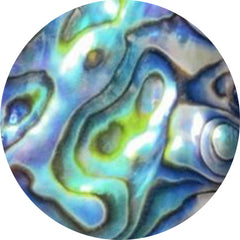

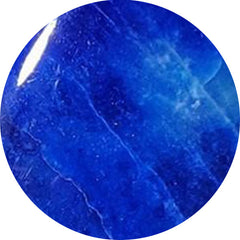



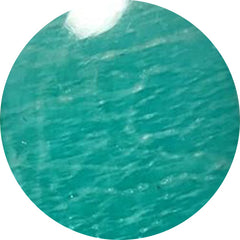



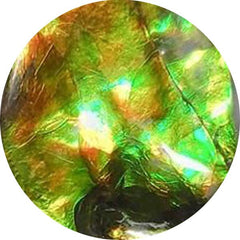
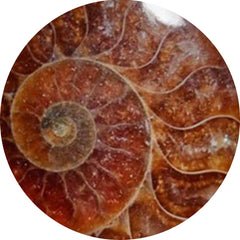

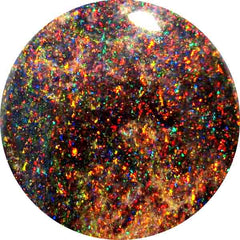

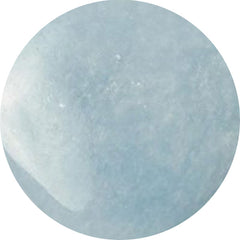
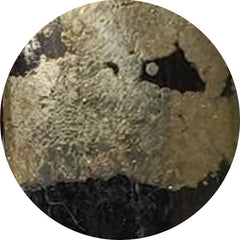

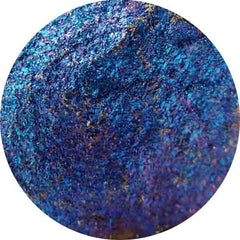
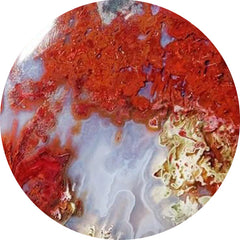
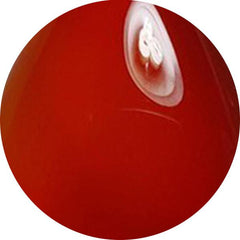
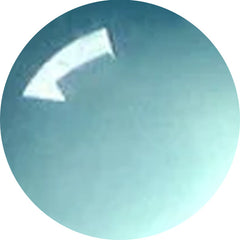
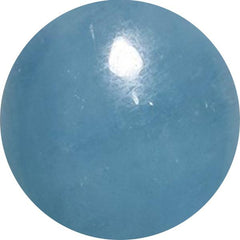
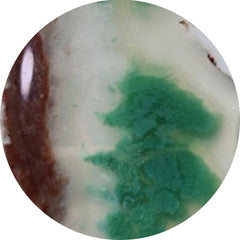
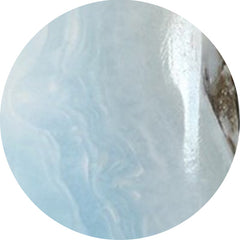





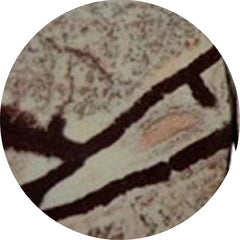

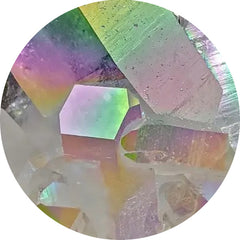
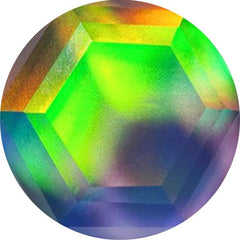

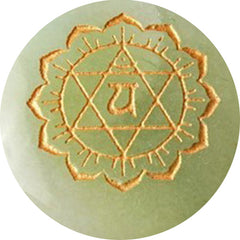

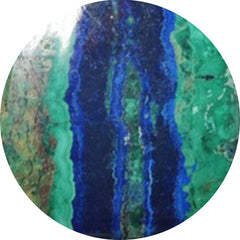
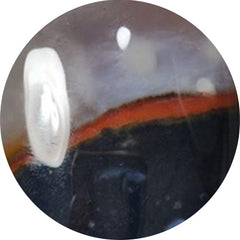
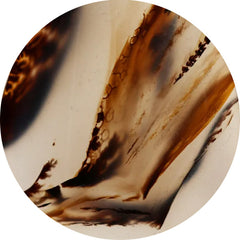


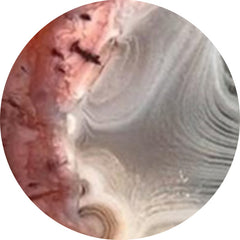
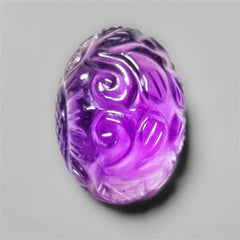
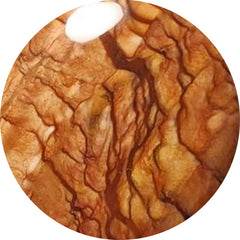




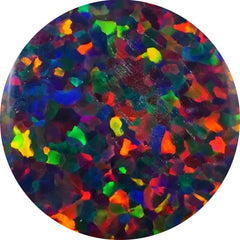
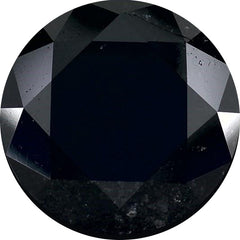
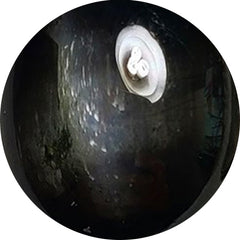

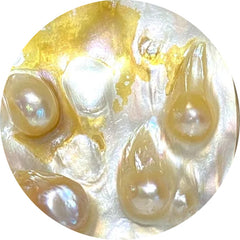

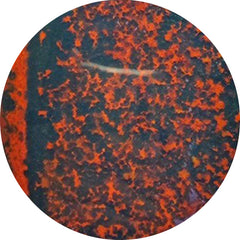

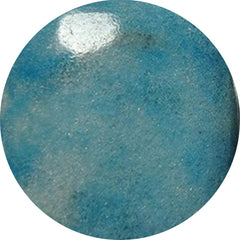

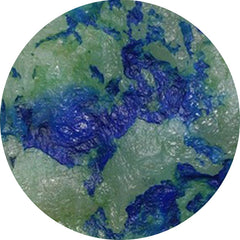
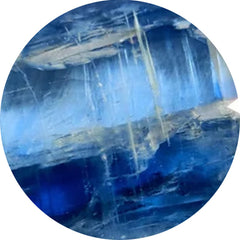
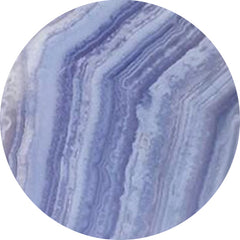
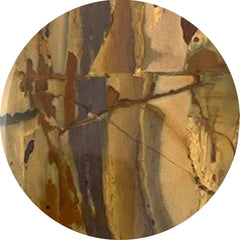


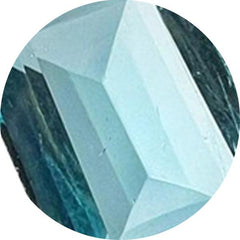
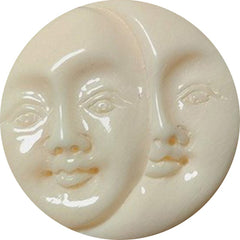
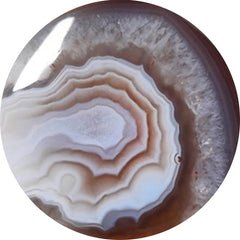

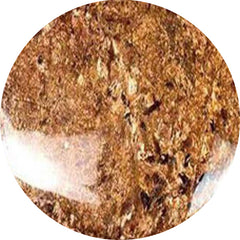
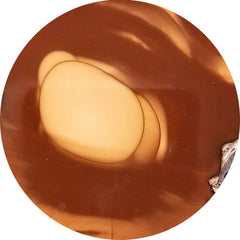
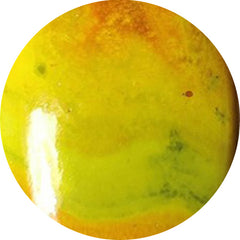

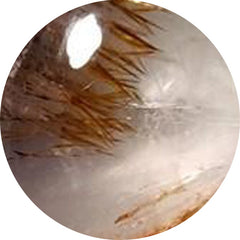
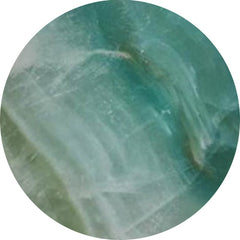

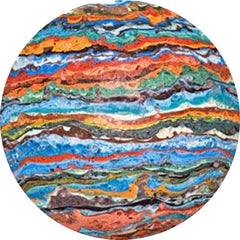
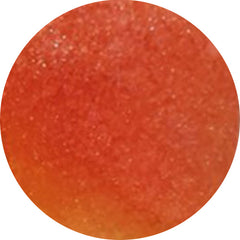

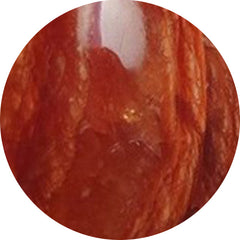
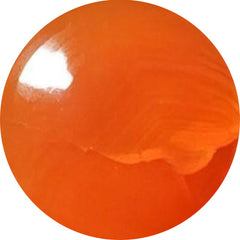

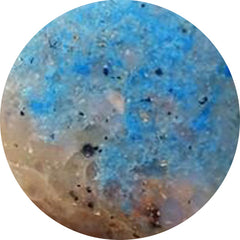





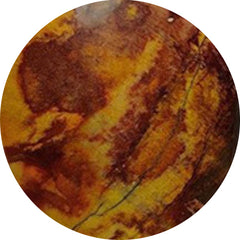
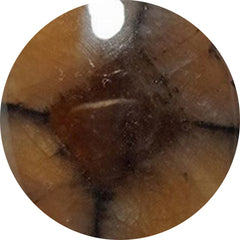
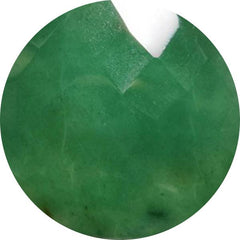
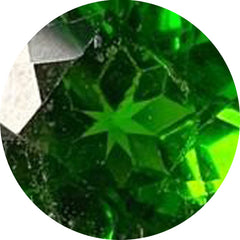

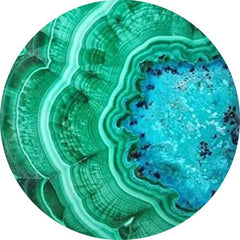

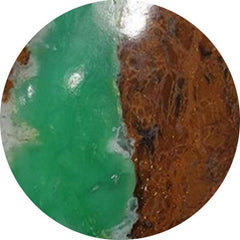
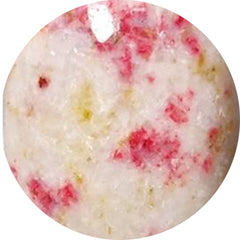


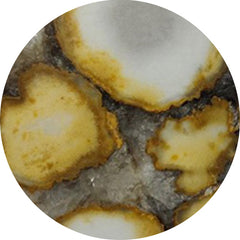
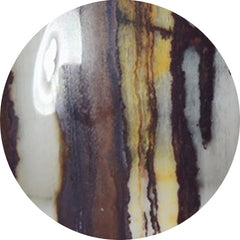

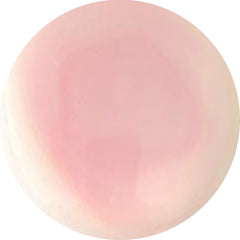

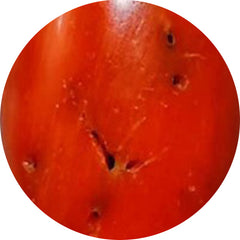
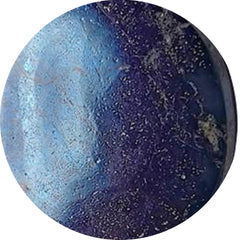
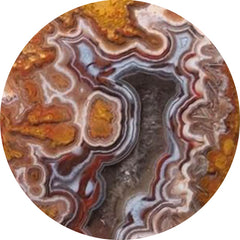
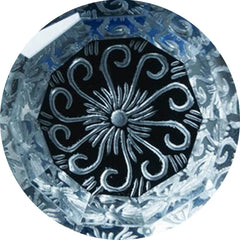




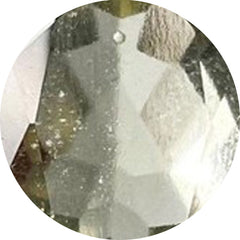
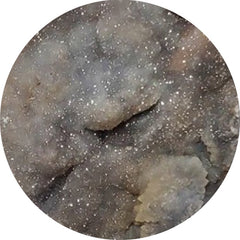
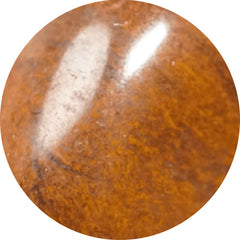
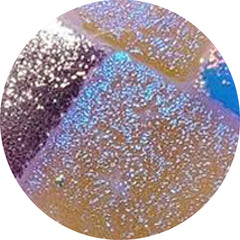


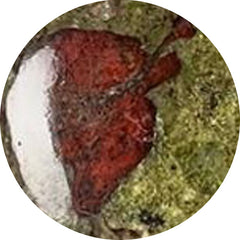


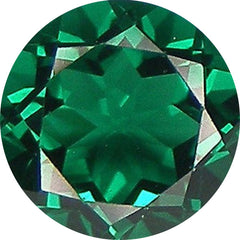
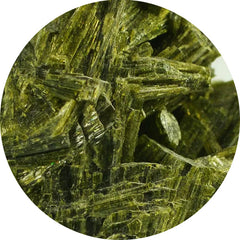
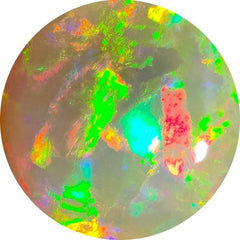

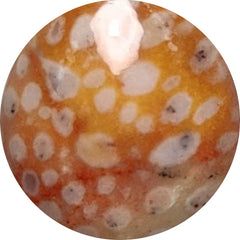

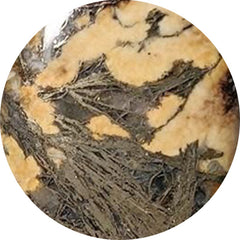


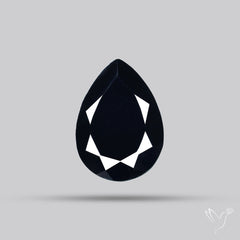
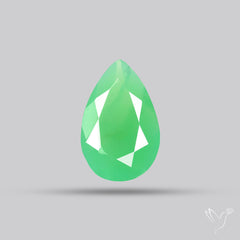











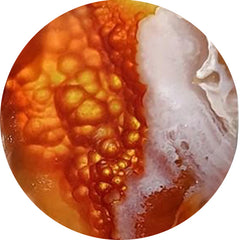
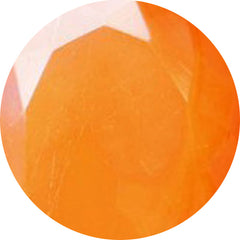
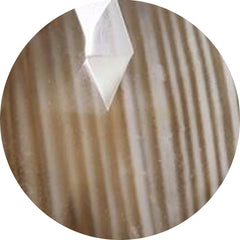
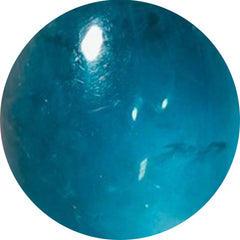

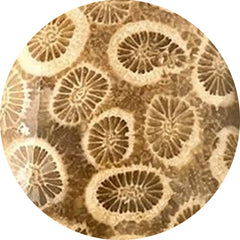
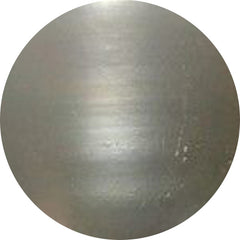
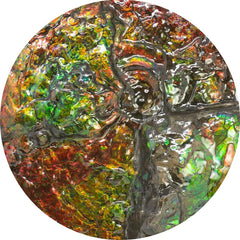
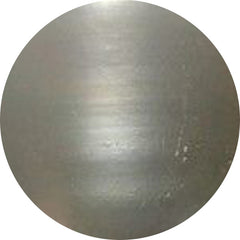
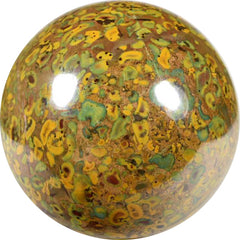

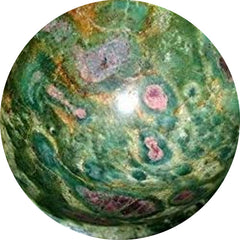
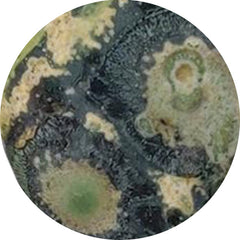
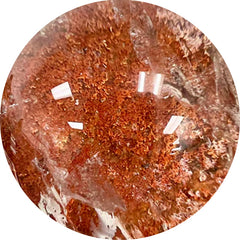
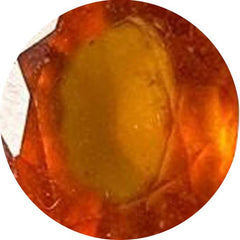

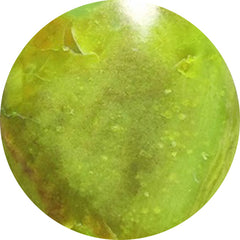
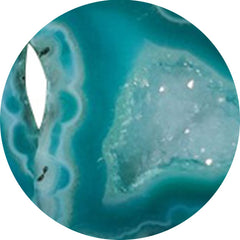
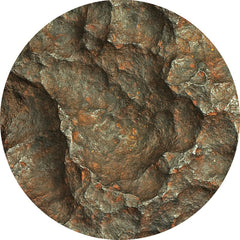
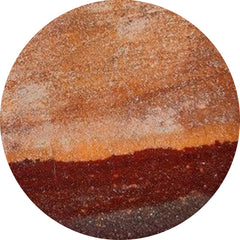
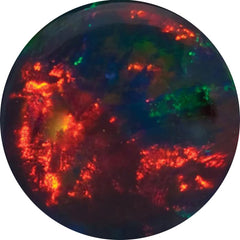
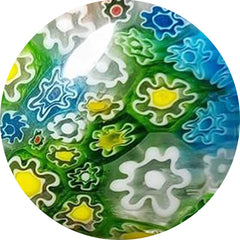

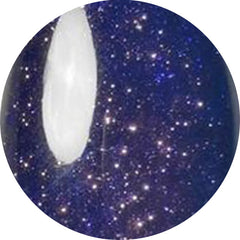
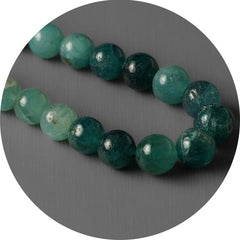
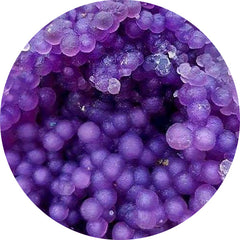
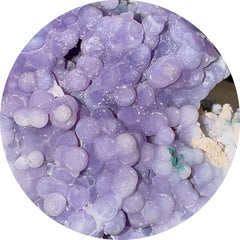
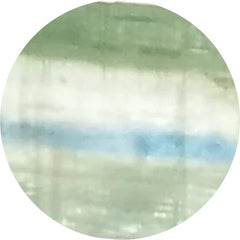
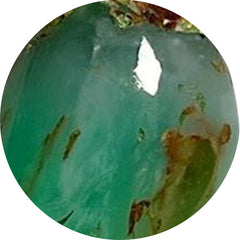

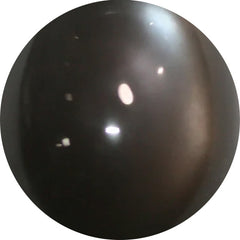




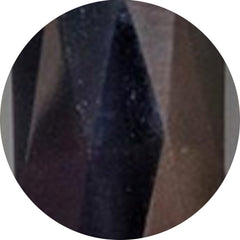

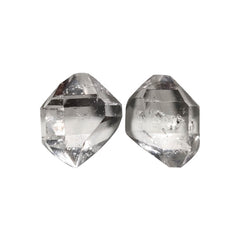
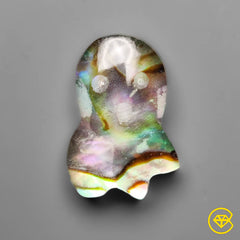

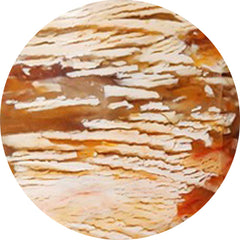

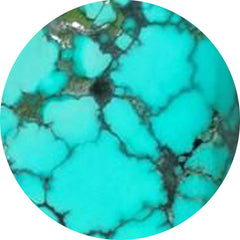
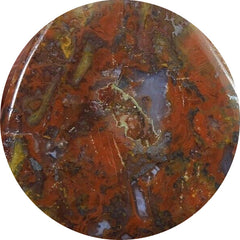



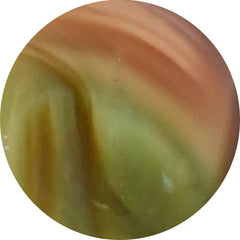



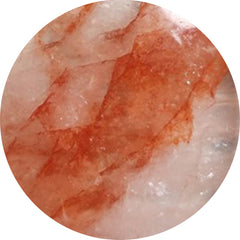
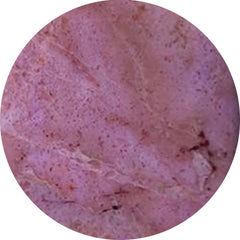
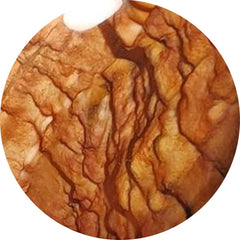
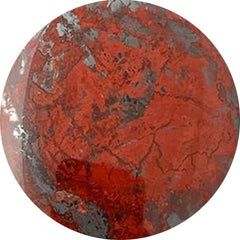
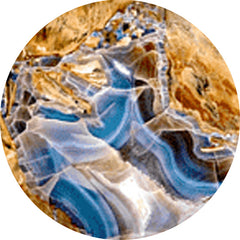
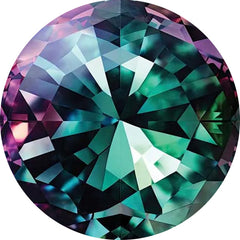

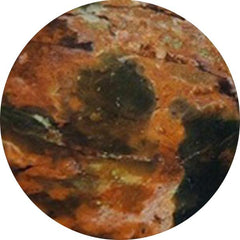
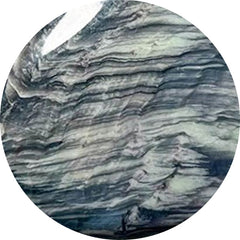
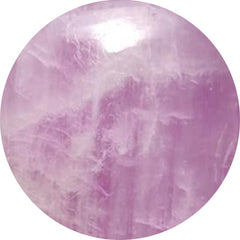
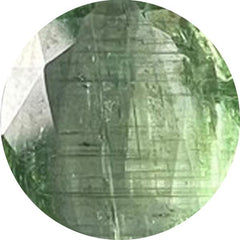

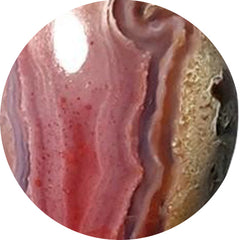


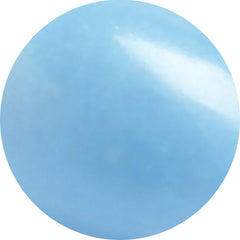




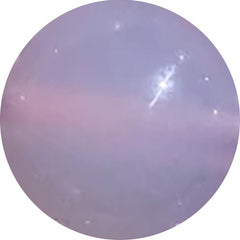
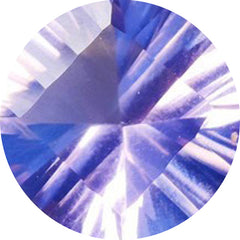
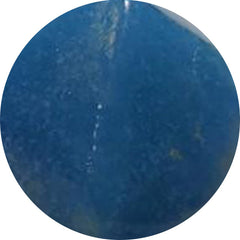
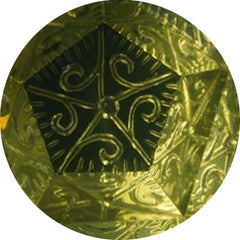
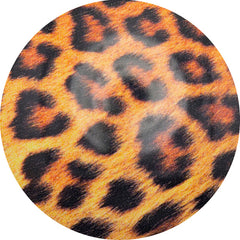
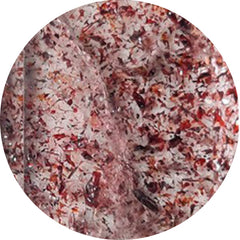
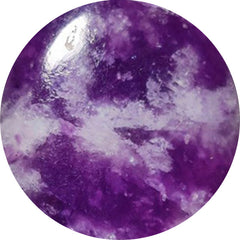
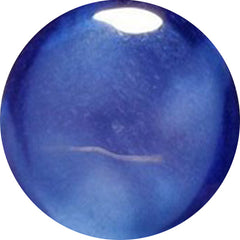






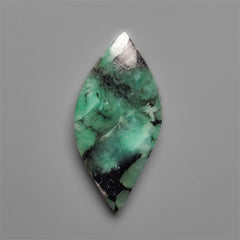

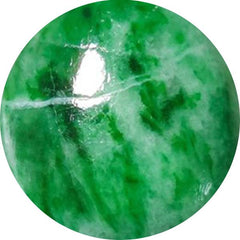
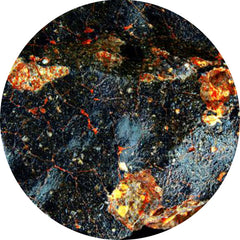





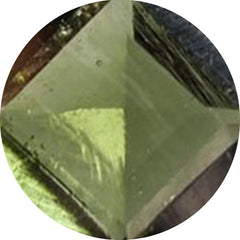
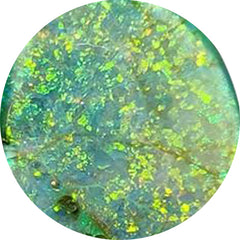
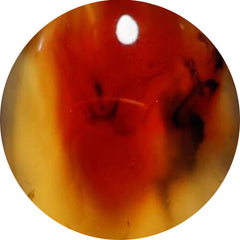

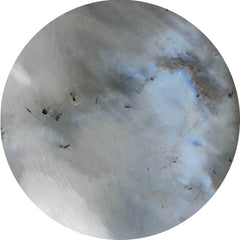


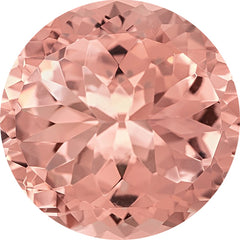
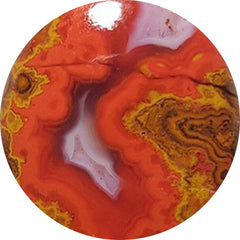


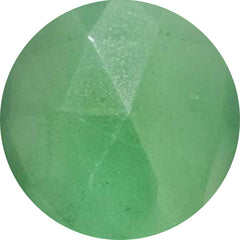
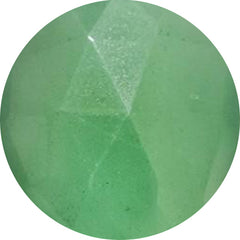
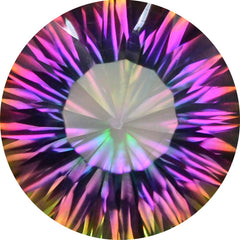
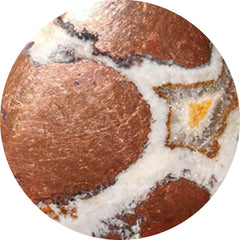

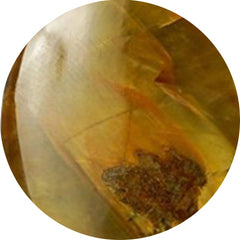
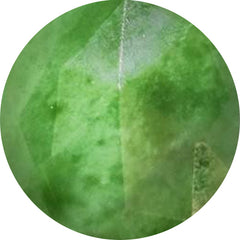
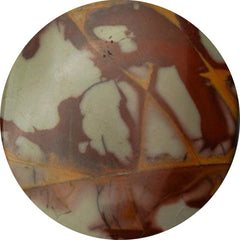
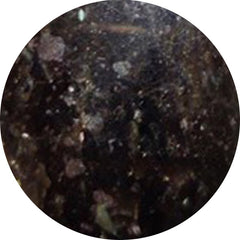
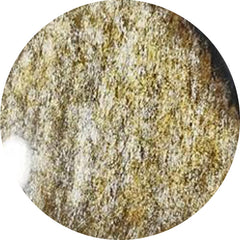
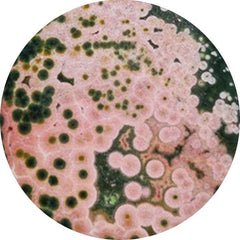
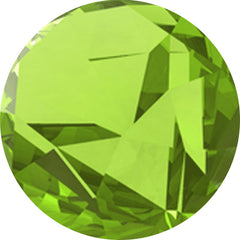
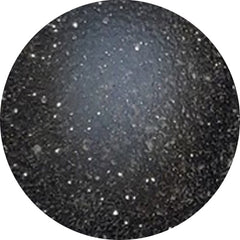
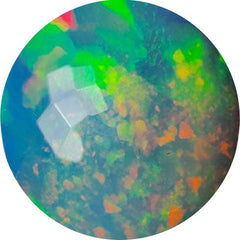
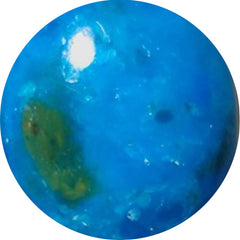

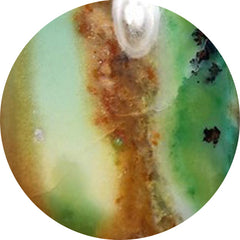

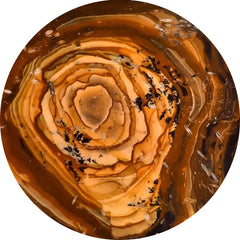
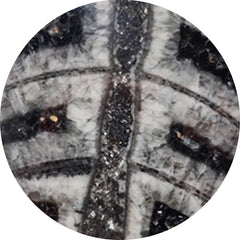


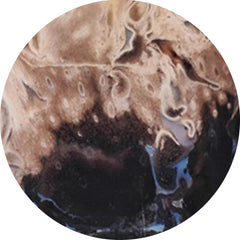
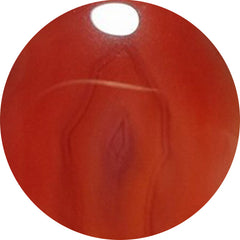
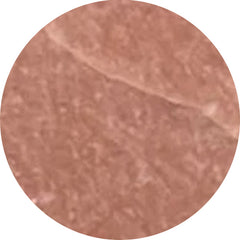
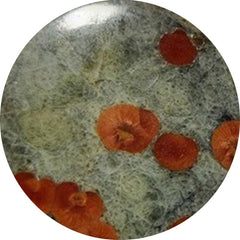
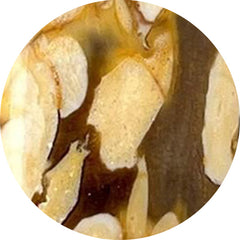

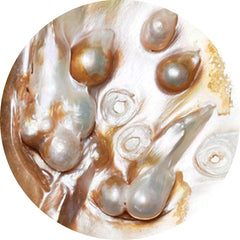
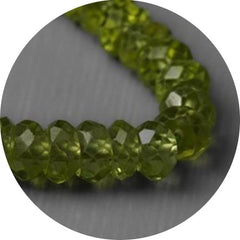



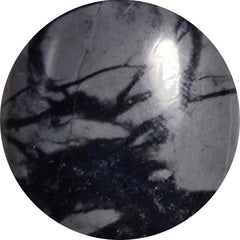
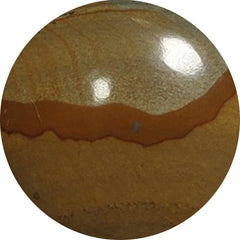
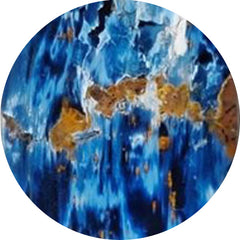



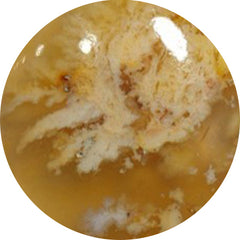

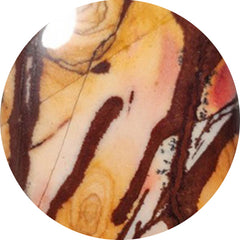
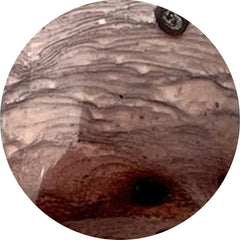



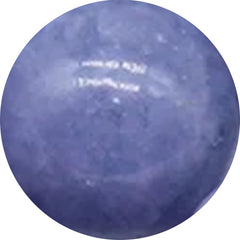



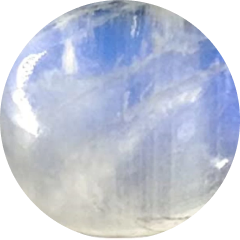

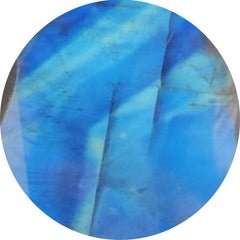

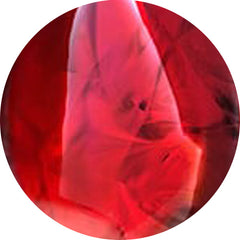
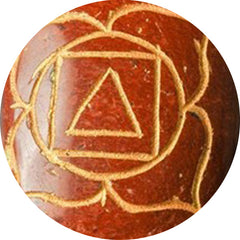


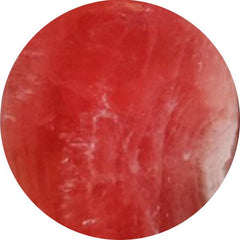

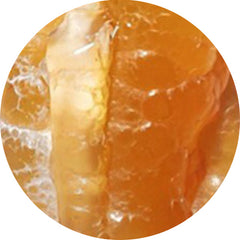


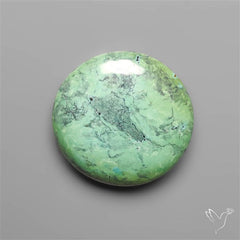


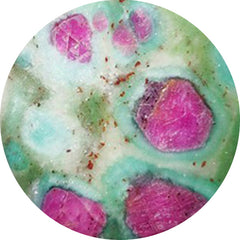
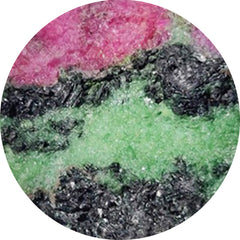
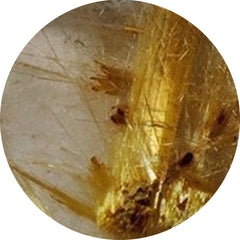


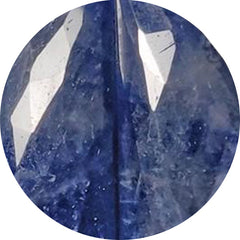
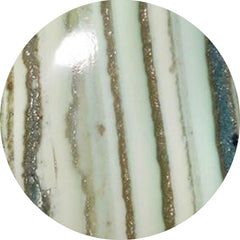
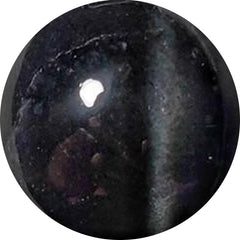
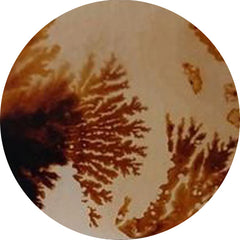

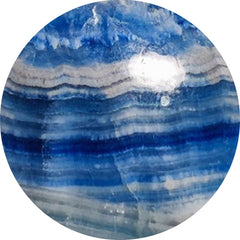
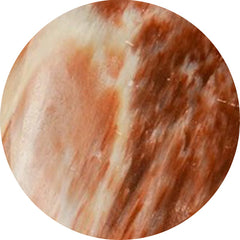


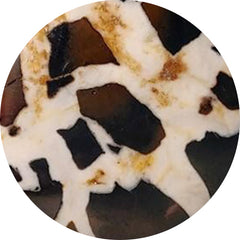

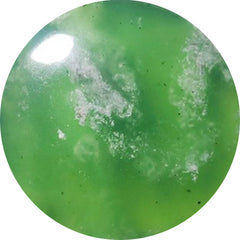

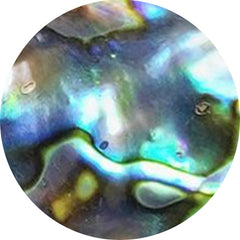
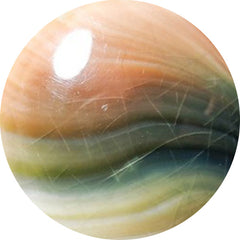
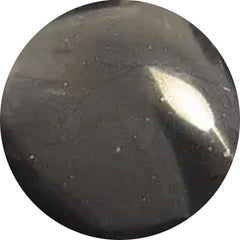

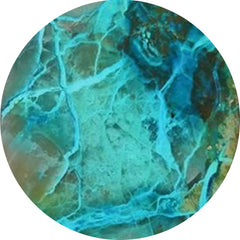


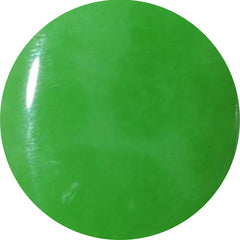


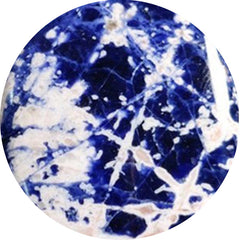
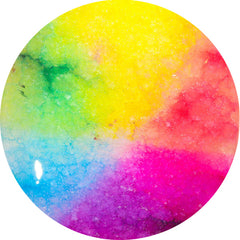

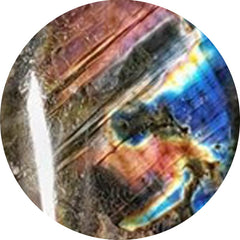
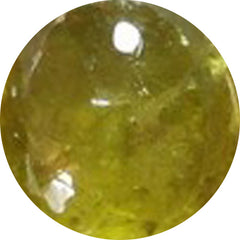

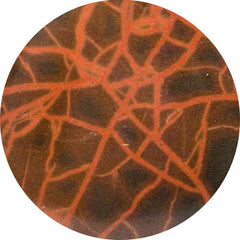

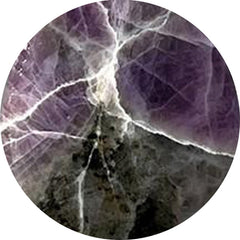
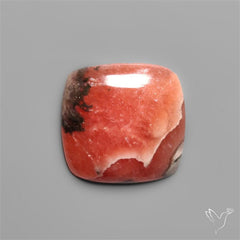

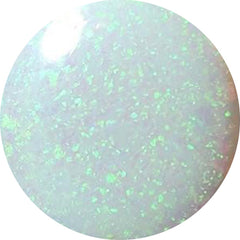
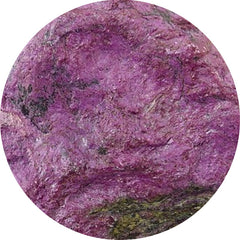
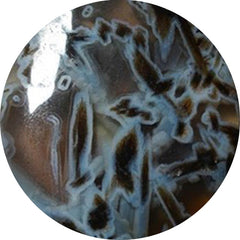



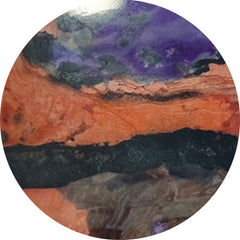
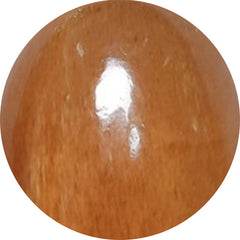
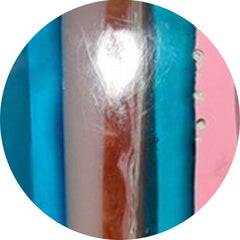


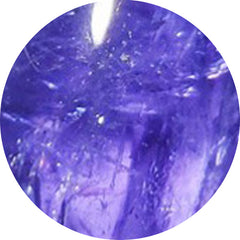

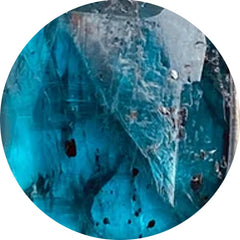
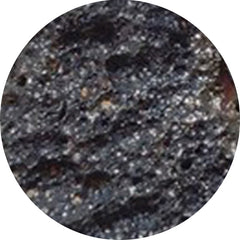
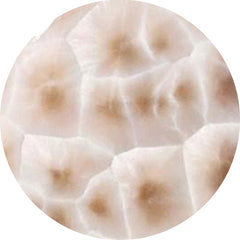


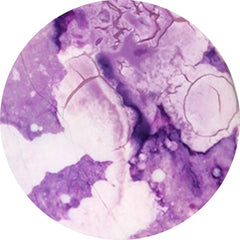

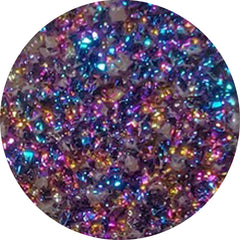
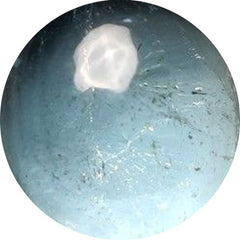
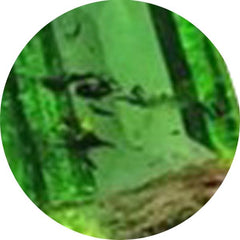
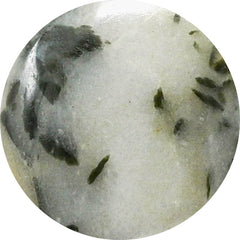

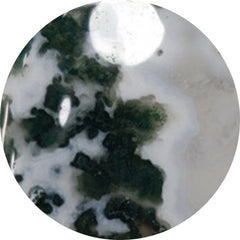
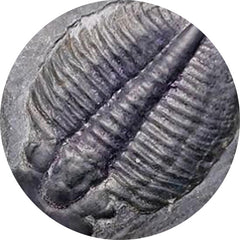
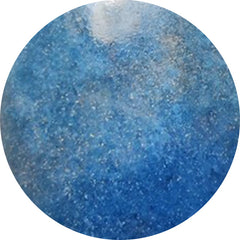
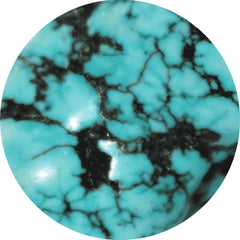
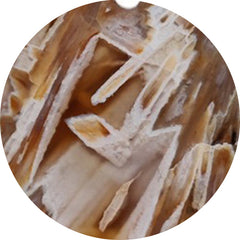
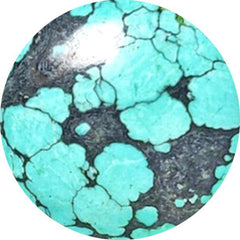


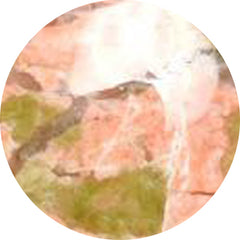
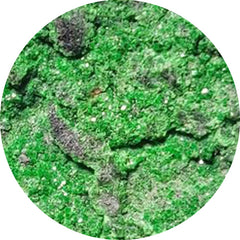
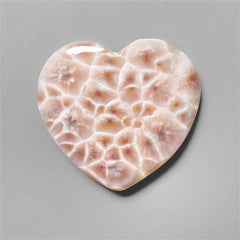







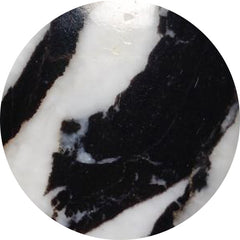

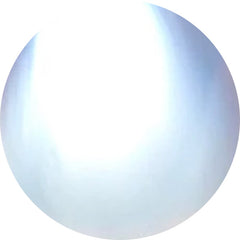




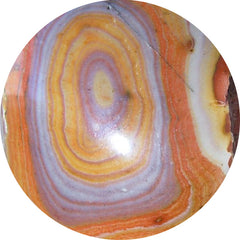
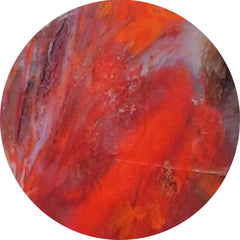
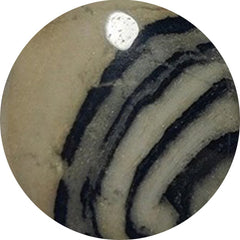
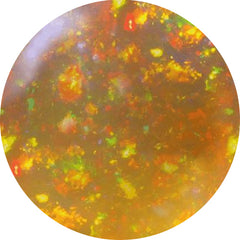
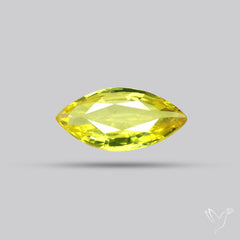

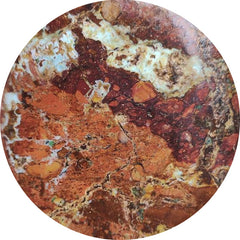
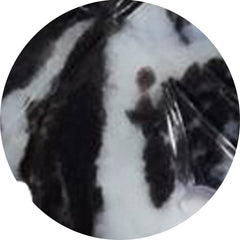

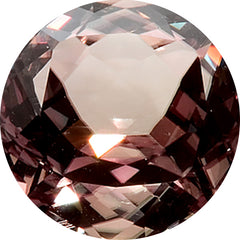
























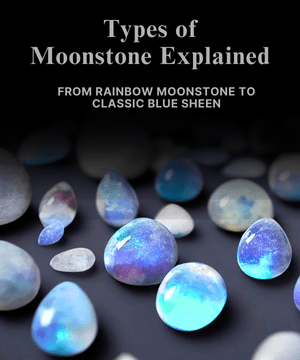
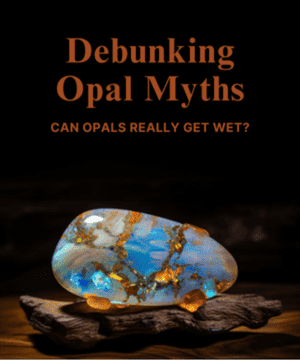



Leave a Comment